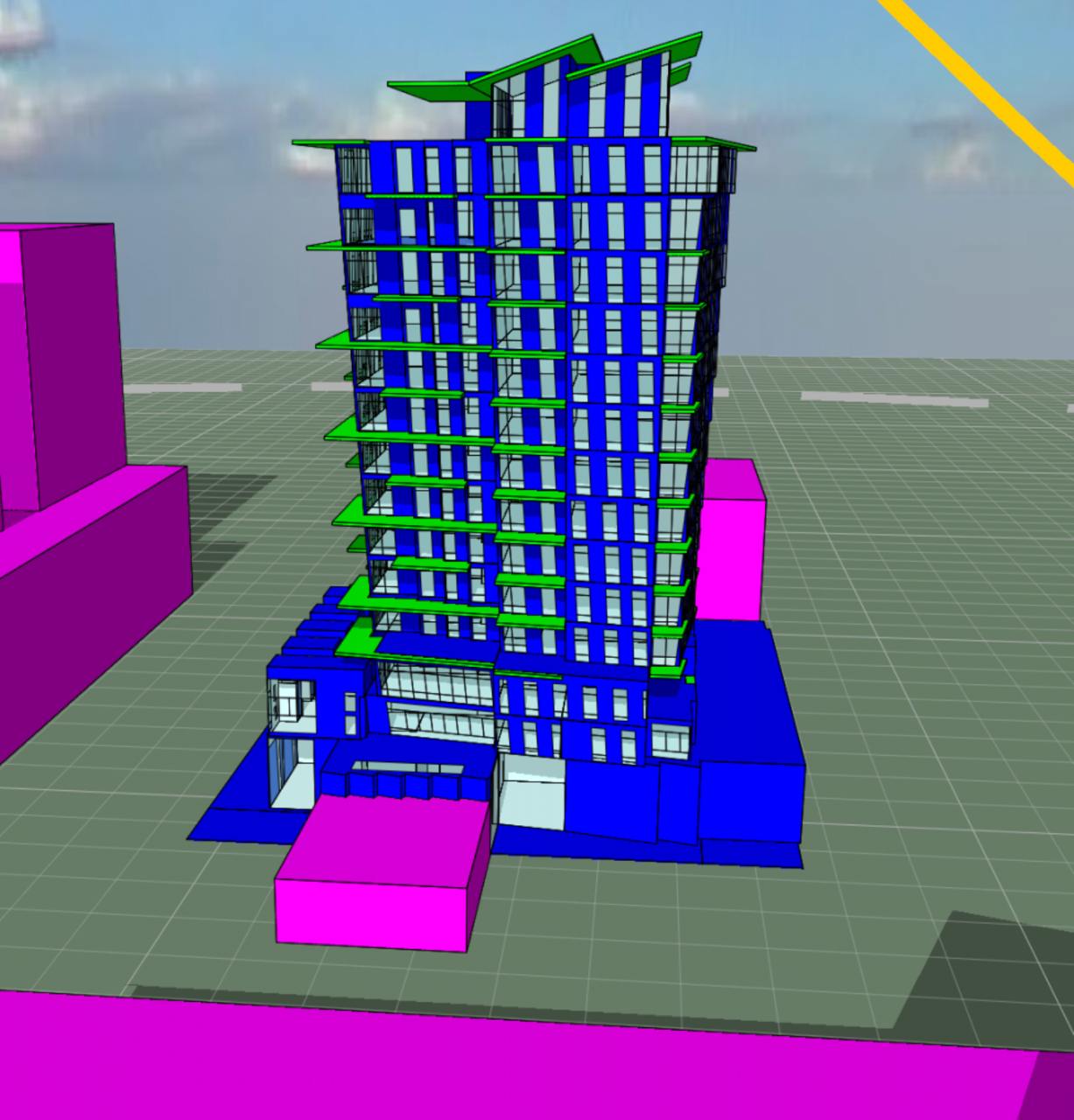Energy is fundamental to all human activities and its demand follows the exponential growth of the world population. Since the period of industrialization, there has been an expansion in population and technology, accompanied by an exponential increase in use of energy, largely from non-renewable sources.
Commercial buildings are responsible for 40% of total energy consumption worldwide, and almost 30% of CO2 emissions. Heating Ventilation and Air Conditioning (HVAC) systems and water heating systems represent approximately 70% of the energy consumption of commercial buildings where about 75% of the primary energy supply is based on fossil fuels.
Energy efficiency of buildings has been a widely discussed topic with the aim of reducing energy costs, improving thermal comfort and lowering the consumption of fossil fuels. One way to assess if a building is energy efficient is through Building Energy Modeling (BEM), which is typically defined as a physics-based software simulation of a building energy use.
A detailed whole building energy simulation usually starts with a 3D drawing of a building geometry where all thermal zones are defined, being also required as input a vast amount of information:




